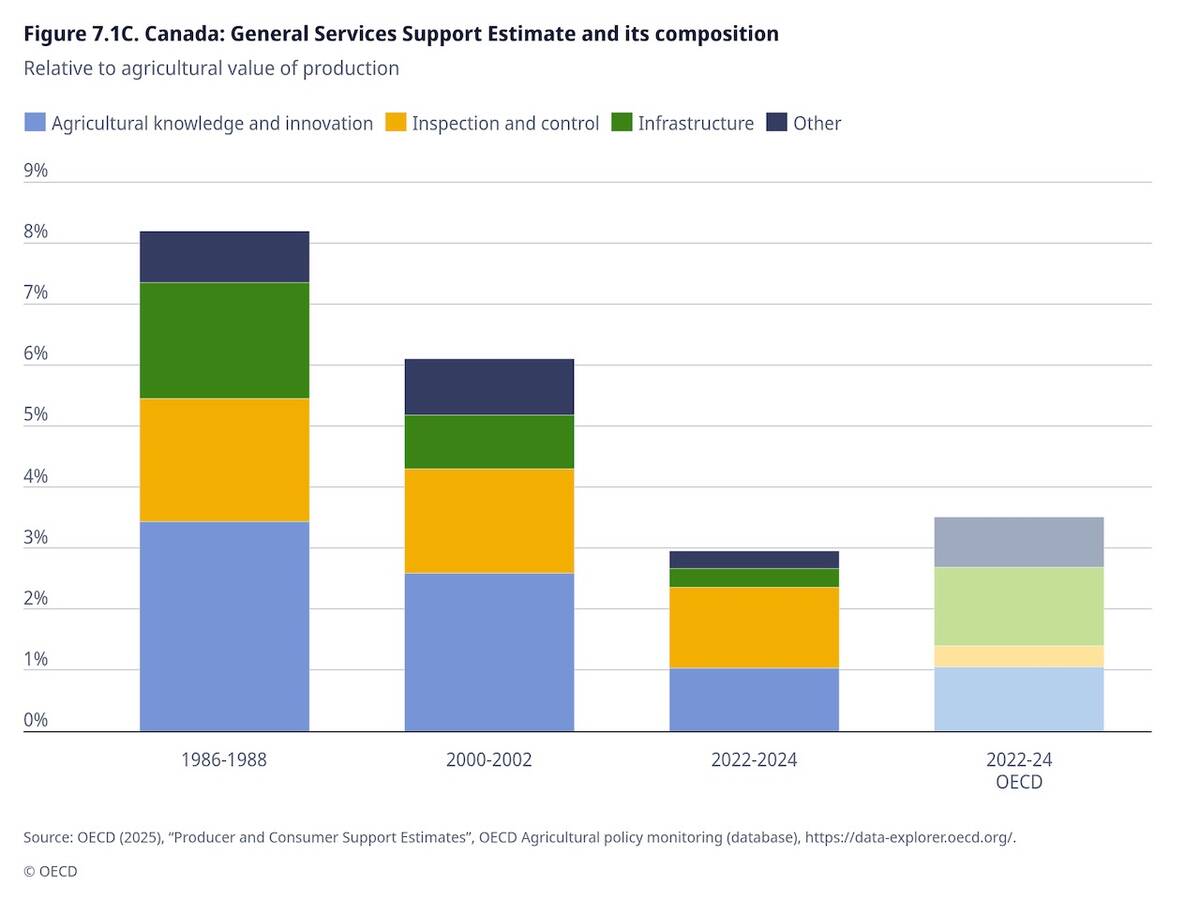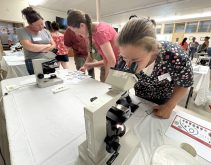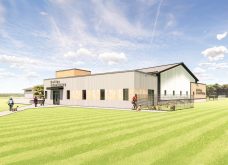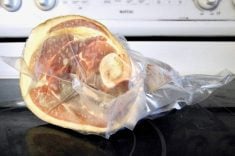Incorporating swine enrichment could save producers as much as $10 per animal, according to research from the industrial research chair in swine welfare at the Western College of Veterinary Medicine.
Martyna Lagoda, a post-doctoral research fellow involved in the project, told the Saskatchewan Pork Industry Symposium Nov. 5 in Saskatoon that supporting a pig’s natural behaviours will benefit both the pig and the farmer.
Why it matters: Providing enrichment to pigs has welfare and productivity benefits.
Read Also

OECD lauds Canada’s low farm subsidies, criticizes supply management
The Organization for Economic Co-operation and Development lauded Canada’s low farm subsidies, criticized supply management in its global survey of farm support programs.
She is undertaking a research program to find ways to improve pig welfare and effectively monitor that welfare, and provide the pork sector with insight into what works.
“Through this program, we’re providing scientific evidence for mechanisms, but we’re also evaluating the practicality for the industry,” Lagoda said. “That’s a key point of this work. We wanted to be practical at commercial level.”
The first goal of the research was early life management of piglets, which implemented methods such as adding chewable materials, increasing human contact and providing more space. Each method showed significant benefits.
Addition of chewable materials supported the piglets’ natural biting and chewing behaviours, resulting in fewer skin lesions and less tail biting among pen mates. These results could also be attributed to having more space for growth and fostering social behaviours, Lagoda noted.
Increased human contact reduced the fear of humans and improved ease of handling.
The cost analysis showed that with these changes, producers could save nearly $4 per pig. Lagoda also said these changes improved average daily gains at the nursery.
“That is suggestive of those pigs being more adapted to the stress of weaning. Perhaps that was because of those chewable materials that we’ve provided them with, so they were better able to transition onto solid food once they were weaned.”
The second research goal involved play, a natural behaviour for pigs that should be included and promoted for their welfare, she said.
Researchers measured play by using a control pen, a home pen with minimal enrichment, and a play pen with extra space and enrichment. The extra space was proven essential to trigger play behaviours and ensure that enrichment and play were pleasurable.
Researchers measured the experience by testing the autonomic nervous system response in the pigs. Play was shown to promote relaxation, slow the heart rate and create a positive emotional state.
Results showed that using play in pigs resulted in fewer skin lesions, indicating better social behaviours, less aggression and fewer related injuries.
“They have fewer lesions, and this is likely because they had those social skills,” Lagoda said. “So they were able to resolve their conflicts with less intense fighting.”
The “play pigs” were also found to exhibit a greater immune response, indicated by reduced sickness when infected. The infected pigs also showed more activity and had stronger white blood cells to fight infection.
Lagoda said the cost analysis showed savings of up to $6 per pig due to less tail biting, reduced disease treatment and increased daily gain.
Complex
When most people think of enrichment, they think of a few toys sprinkled around the pig pen. But it can be a much broader set of strategies, the audience was told.
“Most people think it’s a physical thing, but there can be physical, social, nutritional … there’s different aspects of what we consider to be enrichment,” said Ken Engele, manager of knowledge transfer at Prairie Swine Centre.
The concept of swine enrichment is well established but not fully implemented throughout the pork production chain.
A 2023 survey from the Prairie Swine Centre showed little change in use of enrichment in some parts of the production system when compared to the survey conducted five years earlier.
About 60 per cent of finishing barns continue to use enrichment equipment, a figure basically unchanged. Nursery barns did exhibit growth in use of enrichment. It was about 10 per cent in 2018 but rose to just over 50 percent in 2023.
There is now greater focus on the importance of enrichment for barns at each stage of growth, especially because it has been recommended in the pig code of practice for nearly 10 years.
There are several reasons why producers don’t include enrichment in barns. Engele said the survey indicated five common ones: not having time; not believing it is necessary; not wanting to make the investment; worry about damage to barn infrastructure; and worry that enrichment equipment will end up in the manure pit.
Pig health
Lagoda and Engele both said enrichment does not have to be costly and Engele said the basic level is “really quite cheap.” Commercial enrichment toys, suspended and ground options for nursery and finishing operations are not the only options.
They encouraged use of repurposed materials and objects that already exist on a farm, like rope, chain and hoses to dangle from the rafters. Other options include plastic containers, cardboard and balls.
Whether commercial or repurposed, adequate size for the animal must be kept in mind. The other key is ensuring the objects are maintained. Pigs don’t want to play with something dirty.
“If you put a bowling ball in there, it gets covered with manure. It kind of loses the appeal,” said Engele. “So you’ve got to do something with it all the time, and it needs to be regularly maintained to maintain the pigs’ interest.”















